Technical SEO Tactics to Skyrocket Your Rankings
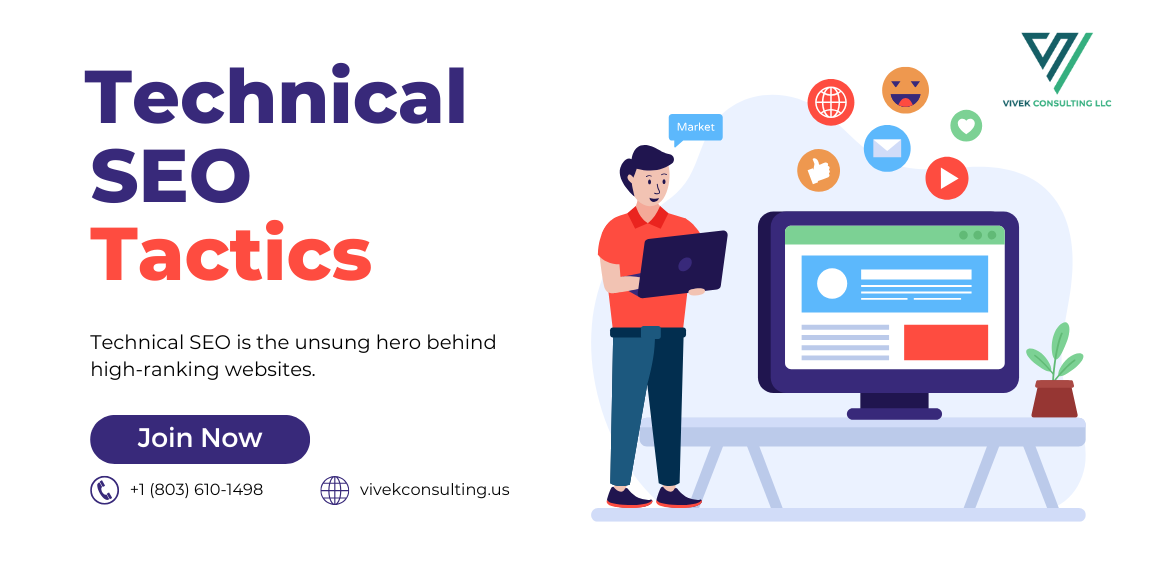
08 Apr 2025
Want higher visibility? These Technical SEO
Tactics to Skyrocket Your Rankings are your secret weapon.
Introduction
Technical SEO is the unsung hero behind
high-ranking websites. While content and backlinks steal the spotlight, it's
the robust infrastructure that powers performance, crawlability, and
visibility. Think of technical SEO as the architectural blueprint of a digital
skyscraper—without it, everything collapses.
What Is Technical SEO and Why It Matters
for Visibility
Technical SEO encompasses the backend
improvements that help search engines crawl, interpret, and index a website
more effectively. It ensures your site meets modern search engine standards,
laying the groundwork for enhanced visibility.
How Technical SEO Impacts Your Search
Rankings
Search engines reward technically sound
websites with higher rankings. Factors like fast load times, mobile
compatibility, and clean architecture directly affect your SERP positioning. A
technically optimized site also improves user experience, which in turn reduces
bounce rates and signals quality to search engines.
Website Architecture Matters
Building a Crawlable Site Structure from
the Ground Up
A well-structured website enables search
engine bots to navigate effortlessly. Hierarchical architecture with silos,
breadcrumbs, and internal links guides crawlers from high-level pages down to
niche content.
Optimizing Your URL Structure for Better
Indexing
Clean, descriptive URLs help search engines
and users understand content. Avoid dynamic parameters where possible. Short,
keyword-rich URLs tend to perform better in search results.
Speed Is Everything
Why Page Load Time Affects Rankings and
User Experience
Speed is a ranking factor and a user
retention magnet. Even a one-second delay can decrease conversions. Google
rewards sites that load quickly, especially on mobile devices.
Tools to Analyze and Improve Site Speed
Use tools like Google PageSpeed Insights,
GTmetrix, and Lighthouse to diagnose bottlenecks. Optimize images, leverage
browser caching, and minify code to boost performance.
Mobile Optimization for the Win
The Rise of Mobile-First Indexing
Google indexes and ranks content primarily
using its mobile version.If your site isn't optimized for mobile, you're
already behind.
Responsive Design vs Dynamic Serving:
What Google Prefers
Responsive design is Google's recommended
approach. It uses the same HTML across devices, adjusting layout via CSS.
Dynamic serving requires user-agent detection, which is prone to errors and
complications.
HTTPS and Site Security
How SSL Certificates Influence SEO
Rankings
HTTPS is a confirmed ranking signal. Beyond
search engines, it instills trust in users. Secure sites display the padlock
symbol, increasing credibility and conversions.
Fixing Mixed Content Issues That Hurt
Trust and Performance
Ensure all site assets—scripts, images,
videos—are loaded over HTTPS. Mixed content can break functionality and trigger
browser warnings, negatively impacting UX and SEO.
Structured Data and Schema Markup
How Schema Boosts Click-Through Rates
with Rich Results
Structured data allows search engines to
better understand your content. It can enhance your listings with reviews,
images, FAQs, and other rich snippets that attract more clicks.
Implementing the Right Schema Types for
Your Content
Use JSON-LD to implement schemas like
Product, Article, Local Business, and FAQ Page. Choose markup that aligns with
your content type for maximum impact.
XML Sitemaps and Robots.txt
Creating a Clean XML Sitemap That Guides
Search Engines
For search engines, an XML sitemap serves
as a route map. Include only canonical, indexable URLs and update it regularly
to reflect changes.
Robots.txt Best Practices to Avoid
Accidental Blocking
Use robots.txt judiciously. Block private
or duplicate content, but ensure critical resources like CSS and JS files are
accessible to crawlers.
Canonicalization and Duplicate Content
Understanding Canonical Tags to Avoid
Ranking Dilution
Canonical tags prevent duplicate content
from competing against itself. They consolidate link equity to a single,
preferred version of a page.
How to Detect and Fix Duplicate Content
Issues
Use tools like Screaming Frog and Siteliner
to identify duplicates. Consolidate content, apply canonical tags, or use 301
redirects as appropriate.
Crawl Budget Optimization
What Crawl Budget Is and Why It Matters
Crawl budget refers to the number of pages
search engines crawl on your site within a given time. Wasting budget on
low-value pages can leave important content undiscovered.
Strategies to Maximize Crawl Efficiency
and Indexation
Eliminate low-quality or duplicate pages,
update internal links, and prioritize high-value content. Use status codes
wisely to guide bots.
Fixing Crawl Errors and Broken Links
How 404 Errors Hurt SEO and UX
404 errors disrupt user journeys and waste
crawl budget. Too many can lower your domain's perceived quality.
Using Google Search Console to Identify
Crawl Issues
Monitor crawl stats and error reports
regularly. Redirect or fix broken URLs and resolve server issues promptly.
Optimizing Core Web Vitals
Understanding LCP, FID, and CLS Metrics
Core Web Vitals gauge visual stability,
interactivity, and loading speed. Google uses these signals to assess page experience.
Technical Fixes to Improve Core Web
Vitals Scores
Improve server response times, optimize
JavaScript execution, and stabilize layout shifts with defined image dimensions
and minimal dynamic content.
JavaScript and SEO Compatibility
How JavaScript Impacts Crawlability and
Rendering
JavaScript-heavy sites can hinder search
engine rendering. Delayed content and client-side rendering often lead to
partial indexing.
Best Practices for Making JavaScript
SEO-Friendly
Use server-side rendering (SSR) or dynamic
rendering. Minimize script complexity and avoid blocking essential resources.
URL Parameters and Indexing Control
Managing URL Parameters in Google Search
Console
Declare how parameters affect content to
prevent duplicate indexing. This helps Google crawl more efficiently.
Preventing Duplicate Pages from Hurting
Your Rankings
Use canonical tags and robots.txt rules to
manage parameter-driven duplication. Consolidate session IDs and filter
variations.
Hreflang for International SEO
Why Language Tags Are Critical for
Global Visibility
Hreflang attributes ensure users see the
right language and regional version of your site. It prevents cannibalization
of rankings across markets.
Setting Up Hreflang Correctly to Avoid
Penalties
Implement hreflang in the page head or via
HTTP headers. Ensure reciprocal linking and use ISO language-country codes.
Redirects and Site Migrations
When and How to Use 301 vs 302 Redirects
301 redirects indicate permanent moves and
preserve link equity. 302s are temporary and may not transfer ranking signals.
SEO-Friendly Strategies for Website
Redesigns and Migrations
Map old URLs to new ones carefully. Update
internal links, monitor crawl stats, and submit updated sitemaps.
Internal Linking for Better Crawling
How Strategic Internal Links Improve SEO
Internal links guide crawlers and
distribute authority. They enhance discoverability and relevance of deep pages.
Using Anchor Text Wisely to Pass Link
Equity
Use descriptive, keyword-rich anchor text.
Avoid over-optimization and ensure links add contextual value.
Image Optimization for Technical SEO
How Image Size, Format, and Alt Text
Impact Rankings
Heavy images slow down pages, hurting SEO.
Descriptive alt text improves accessibility and keyword relevance.
Leveraging Next-Gen Image Formats Like
WebP
WebP offers superior compression with
minimal quality loss. Serve modern formats via lazy loading and responsive
design.
Log File Analysis for Deeper Insights
What Server Logs Reveal About Bot
Behavior
Log files show how bots interact with your
site. You can identify crawl frequency, blocked pages, and response codes.
How to Use Log Files to Refine Crawl
Strategy
Analyze logs to identify under-crawled
high-value pages. Optimize internal linking and prioritize crawl paths
accordingly.
Monitoring and Maintenance
Setting Up Alerts for Technical SEO
Issues
Use monitoring tools to get real-time
alerts on downtime, crawl errors, and security breaches.
Conducting Regular Technical SEO Audits
for Ongoing Success
Quarterly audits help catch issues early.
Evaluate site speed, mobile usability, crawl stats, and structured data
integrity.
Conclusion
Your Next Steps to Mastering Technical
SEO
Prioritize the foundational elements first:
site structure, speed, and mobile compatibility. Then, layer on enhancements
like schema, hreflang, and image optimization.
Why Continuous Optimization Is Key to
Sustained Rankings
Technical SEO is not a one-time task.
Search algorithms evolve, and so must your site. Ongoing refinement is the
secret to maintaining and growing visibility.
Recent Articles
-
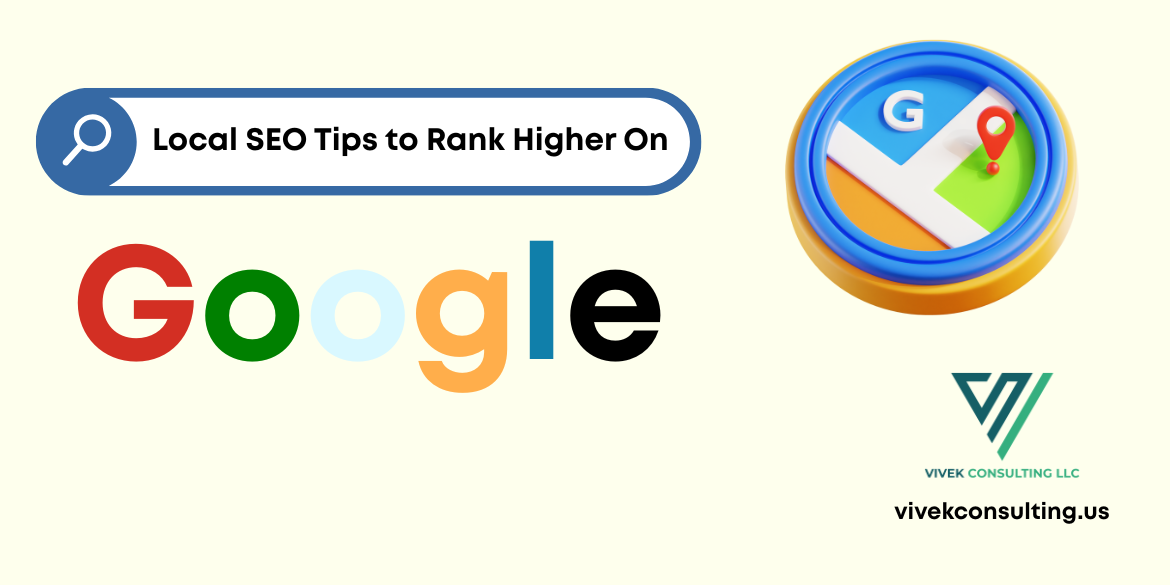 Want more local traffic? These Local SEO Tips to Rank Higher on Google will get you noticed
Want more local traffic? These Local SEO Tips to Rank Higher on Google will get you noticed
-
 What's the Difference Between on-page and off-page SEO?
What's the Difference Between on-page and off-page SEO?
-
 What's the Real Difference Between Organic and Paid Digital Marketing?
What's the Real Difference Between Organic and Paid Digital Marketing?
-
 Boost SEO with a Mobile Friendly Website Today
Boost SEO with a Mobile Friendly Website Today
-
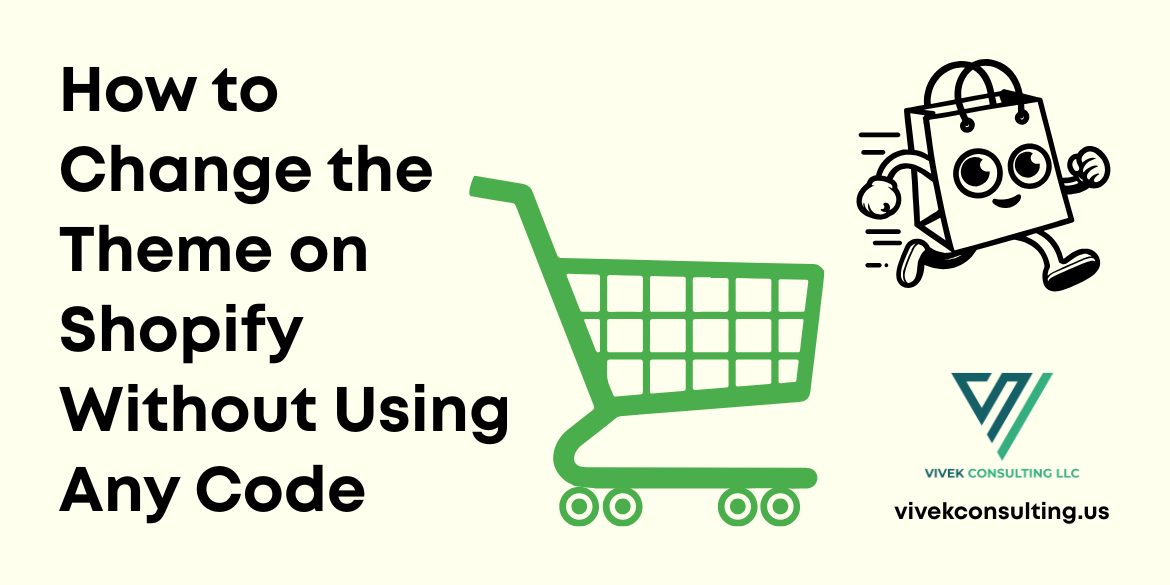 How to Change the Theme on Shopify Without Using Any Code
How to Change the Theme on Shopify Without Using Any Code
-
 Why Businesses Need Blockchain Development
Why Businesses Need Blockchain Development
-
 SEO Strategy: How to Create an Effective Plan
SEO Strategy: How to Create an Effective Plan
-
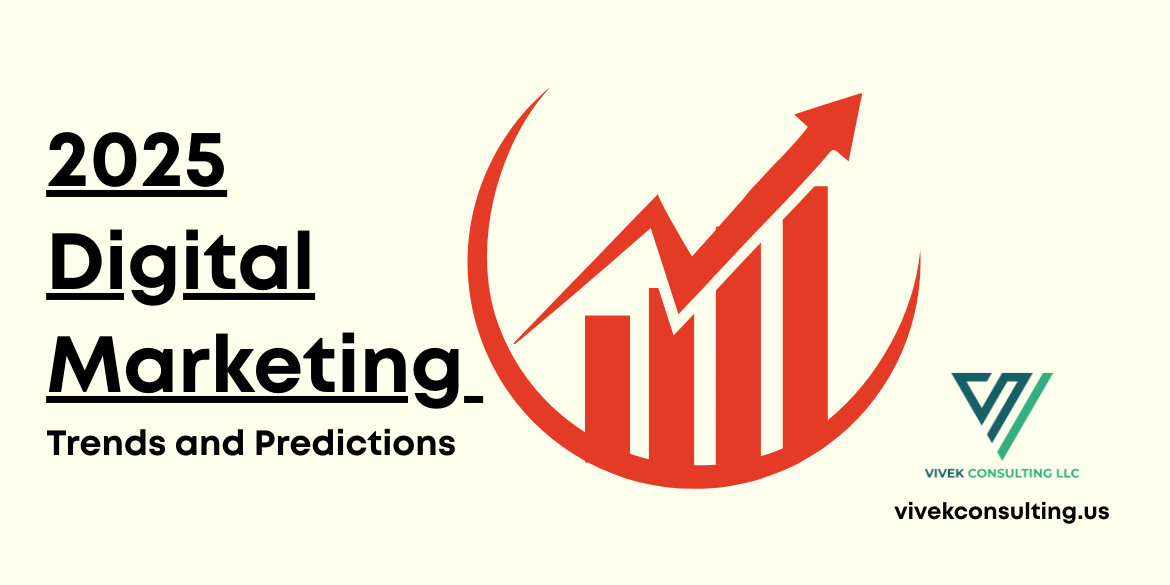 2025 Digital Marketing Trends and Predictions
2025 Digital Marketing Trends and Predictions
-
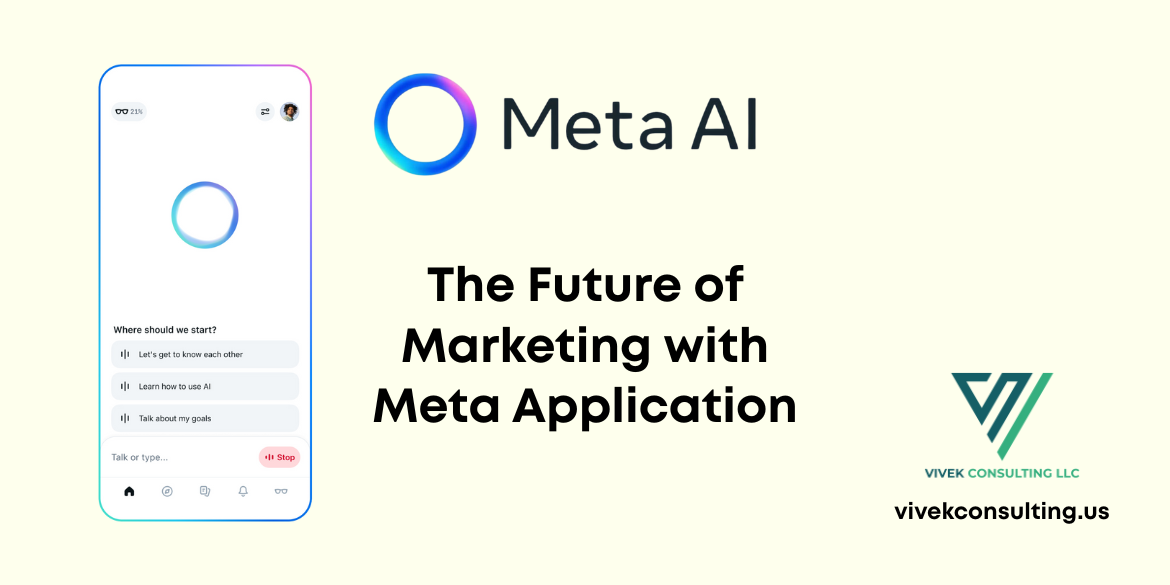 The Future of Marketing with Meta Application
The Future of Marketing with Meta Application
-
 Keyword Research for Website Wins in 2025 [Top 10 Free Keyword Research Tools]
Keyword Research for Website Wins in 2025 [Top 10 Free Keyword Research Tools]
-
.png) Learning the SEO Audit Checklist. Every website should rank higher, load faster, and convert better without wasting time.
Learning the SEO Audit Checklist. Every website should rank higher, load faster, and convert better without wasting time.
-
 Ready for serious growth? Outsource services to scale your business fast and save time and money.
Ready for serious growth? Outsource services to scale your business fast and save time and money.
-
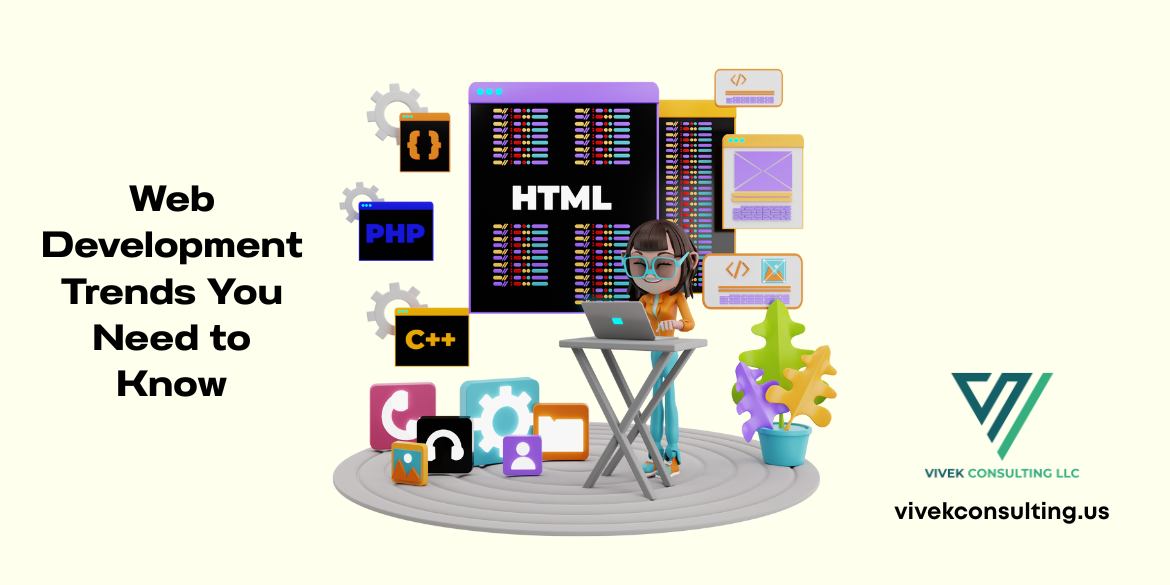 From AI to no-code, explore the Web Development Trends You Need to Know right now.
From AI to no-code, explore the Web Development Trends You Need to Know right now.
-
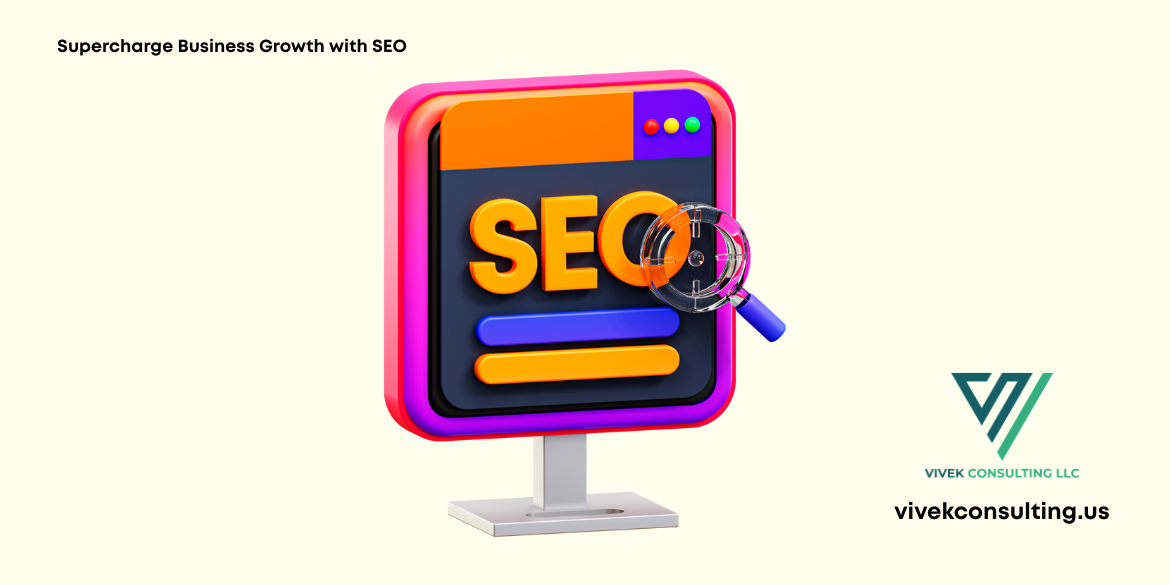 Supercharge Business Growth with SEO
Supercharge Business Growth with SEO
-
 Digital Marketing Trends You Cannot Ignore in 2025
Digital Marketing Trends You Cannot Ignore in 2025
-
 Master Digital Marketing with AI in 2025
Master Digital Marketing with AI in 2025
-
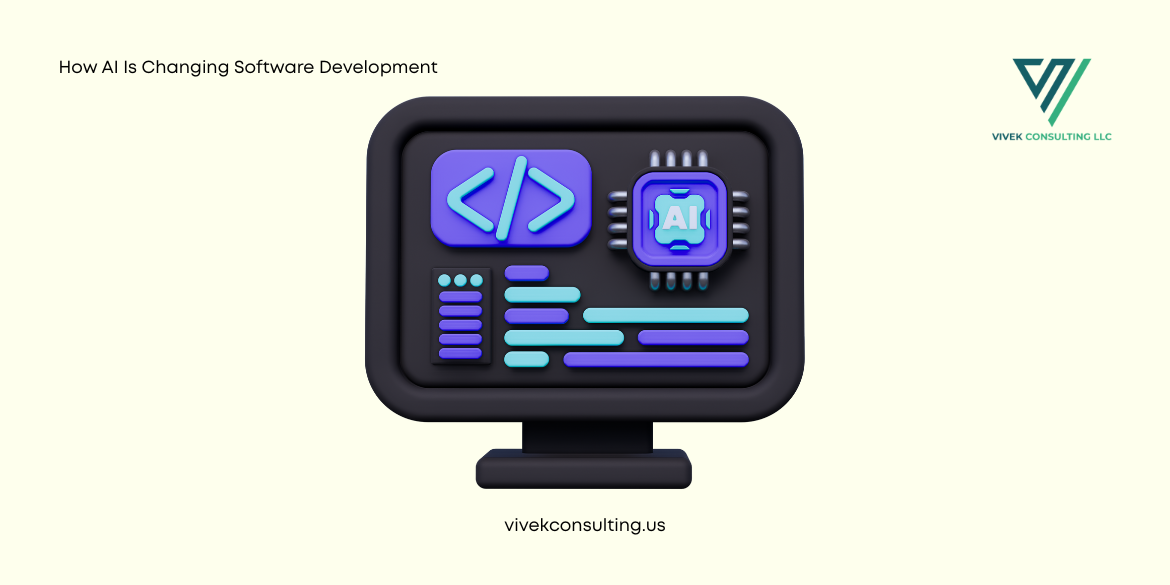 How AI Is Changing Software Development
How AI Is Changing Software Development
-
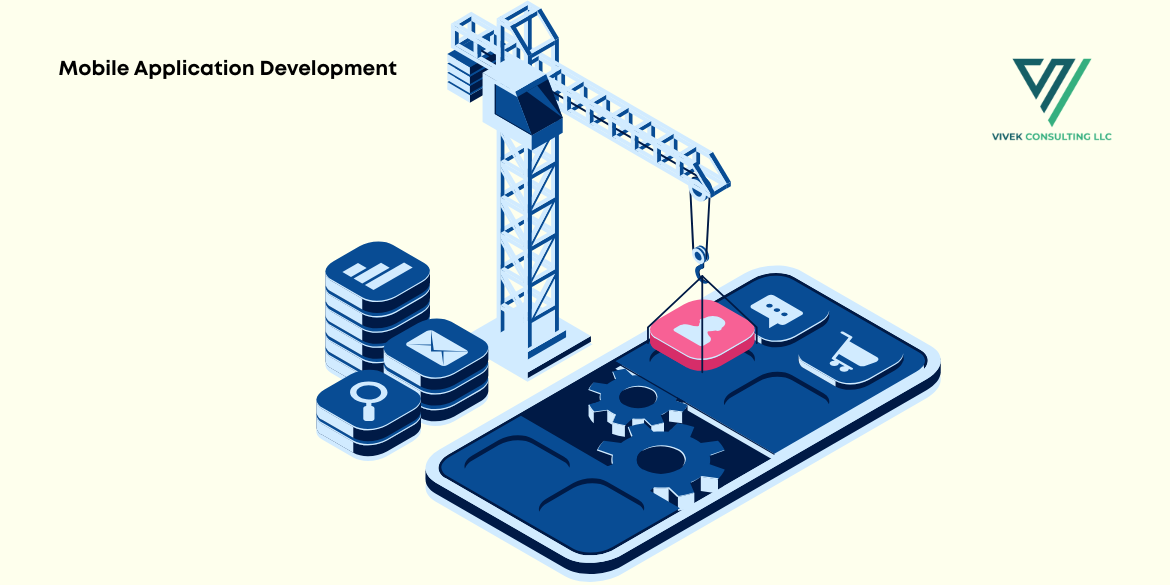 Mobile Application Development in 10 Easy Steps
Mobile Application Development in 10 Easy Steps
-
 Outsource Services to Boost Efficiency
Outsource Services to Boost Efficiency
-
 Ready to scale smart? Boost efficiency fast with managed services that work.
Ready to scale smart? Boost efficiency fast with managed services that work.
-
 Outsource Services: The Smart Move for Your Business
Outsource Services: The Smart Move for Your Business
-
 Technical SEO Tactics to Skyrocket Your Rankings
Technical SEO Tactics to Skyrocket Your Rankings
-
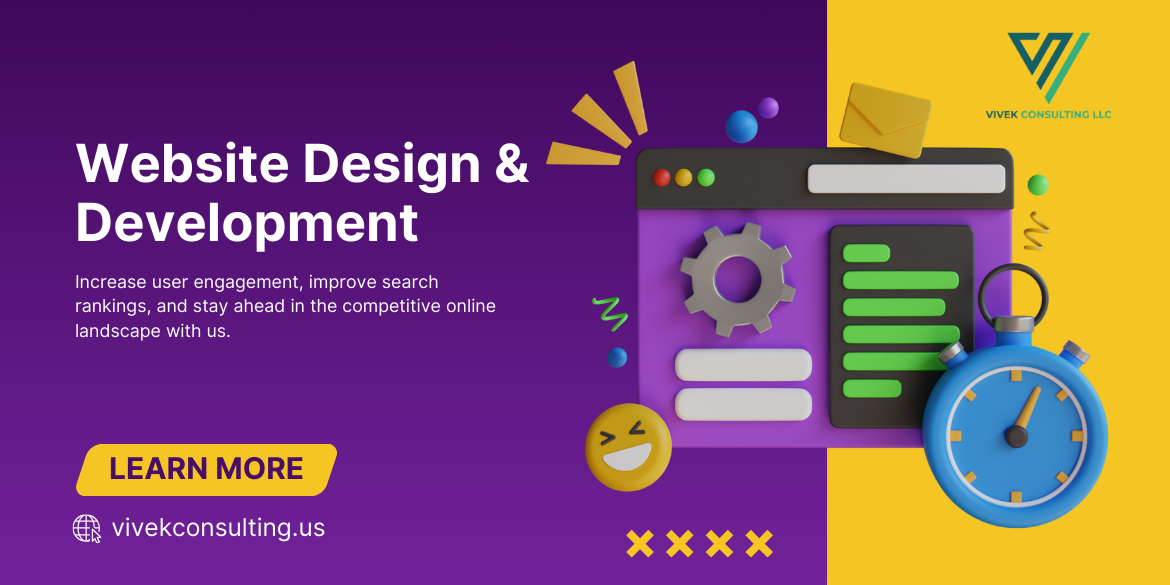 The digital world is evolving fast. Here is the web development trends you can’t ignore if you want to stay competitive.
The digital world is evolving fast. Here is the web development trends you can’t ignore if you want to stay competitive.
-
 Want more traffic? These off-page SEO tips will help you rank higher and grow like a pro! ????
Want more traffic? These off-page SEO tips will help you rank higher and grow like a pro! ????
-
 The Role of AI in Modern Software Development
The Role of AI in Modern Software Development
-
 Boost Organic Traffic Through On-Page SEO Strategies
Boost Organic Traffic Through On-Page SEO Strategies
-
 How SEO Can Skyrocket Your Business Growth
How SEO Can Skyrocket Your Business Growth
-
.png) Why Digital Marketing Benefits Business Success in Charlotte NC
Why Digital Marketing Benefits Business Success in Charlotte NC
-
 Explore the future of smartphone application development with Vivek Consulting and stay ahead of the game.
Explore the future of smartphone application development with Vivek Consulting and stay ahead of the game.
-
 Crush Your Competition with Digital Marketing Charlotte NC - Vivek consulting
Crush Your Competition with Digital Marketing Charlotte NC - Vivek consulting
-
 Why Vivek Consulting Tops Charlotte’s Software Developers
Why Vivek Consulting Tops Charlotte’s Software Developers
-
 The Innovation of Smart and Inclusive UX: How AI and 5G Are Transforming Mobile Application Development
The Innovation of Smart and Inclusive UX: How AI and 5G Are Transforming Mobile Application Development
-
 Website Development: The Value of Web Design in Establishing a Powerful Online Presence
Website Development: The Value of Web Design in Establishing a Powerful Online Presence
-
 Elevate Your Brand: Discover the Top Marketing Agency in Charlotte for 2025 - Vivek consulting
Elevate Your Brand: Discover the Top Marketing Agency in Charlotte for 2025 - Vivek consulting
